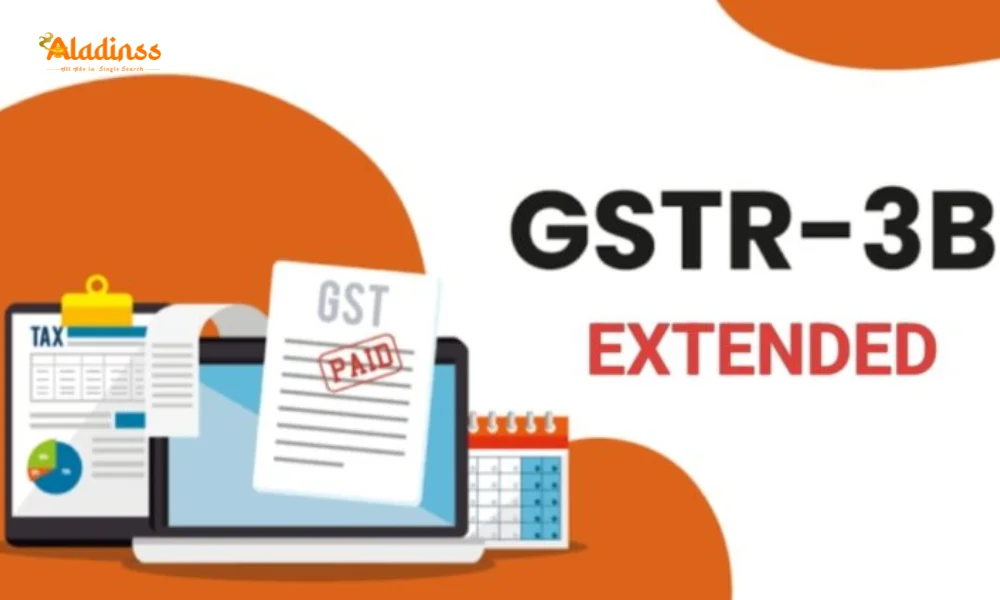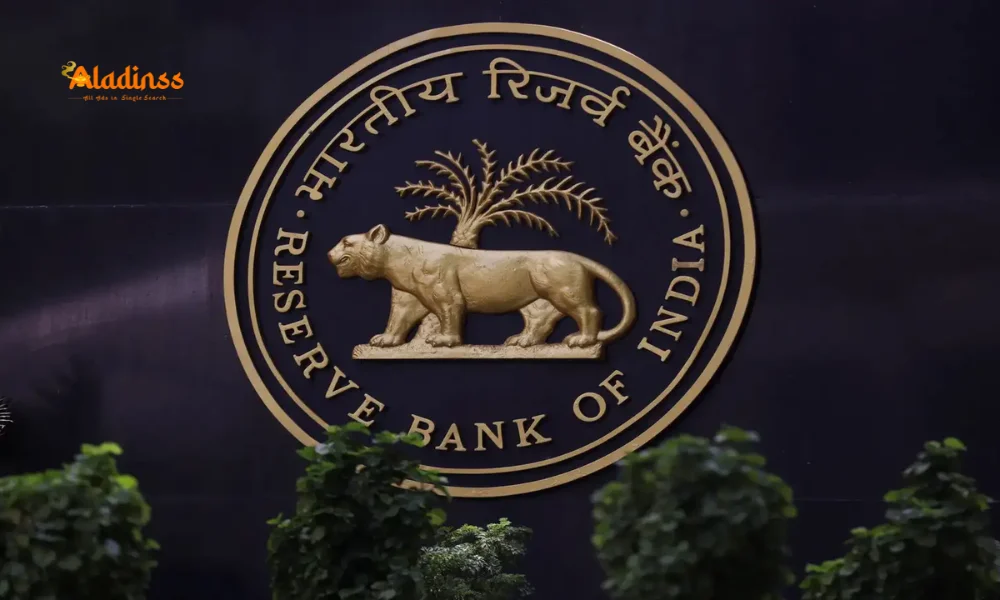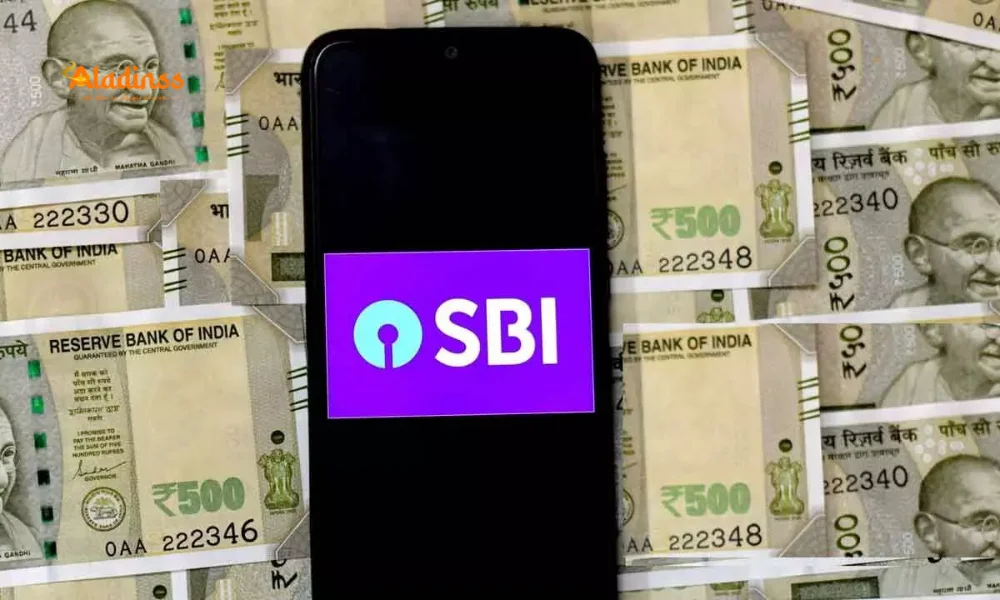Indian Bond Yields to 6.2% on RBI Cut: Outlook
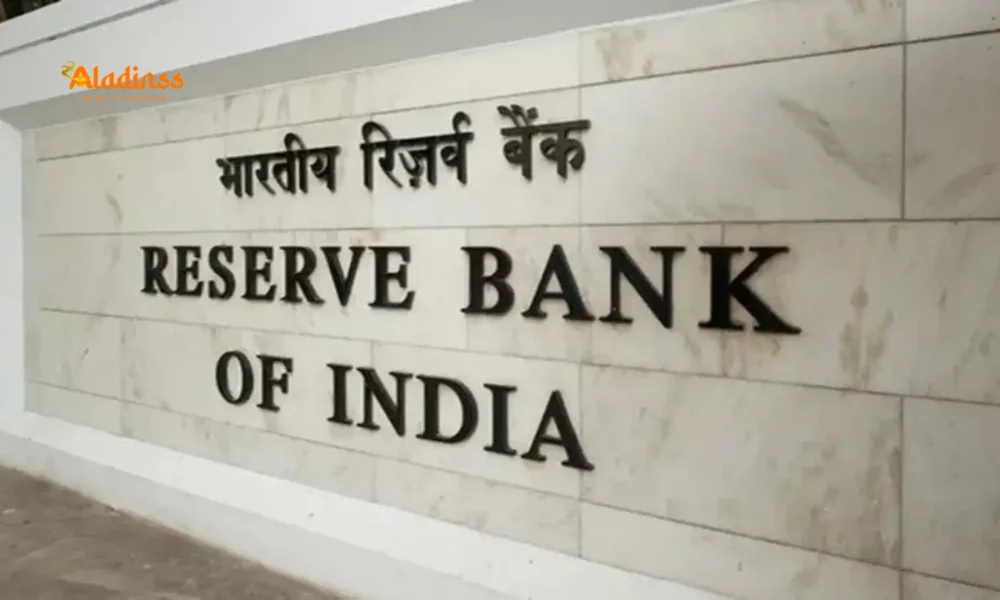
Indian Bond Yields Poised for 6.2% Dip on RBI December Rate Cut: LGT Wealth CIO Breakdown
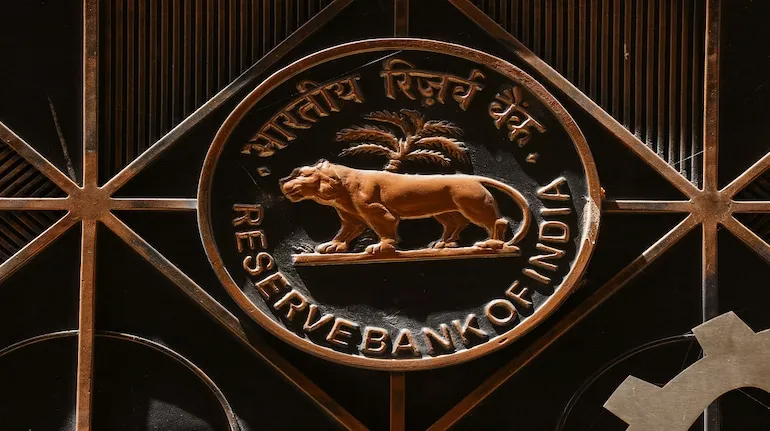
As Q4 2025 unfolds, the Indian bond yields landscape radiates resilience, buoyed by domestic policy poise and evolving international rate trajectories. Investors in fixed-income assets are reaping benefits from measured approaches, with the Reserve Bank of India (RBI) maintaining a watchful eye on economic indicators. Recent data shows inflation dipping below 3%, fostering expectations of a potential RBI rate cut December 2025 that could steer 10-year G-Sec yields toward 6.2%. This scenario, as outlined by LGT Wealth India's CIO Chirag Doshi, underscores a market favoring stability over speculation, amid upgraded GDP forecasts to 6.8% for FY26.
The RBI's October 2025 Monetary Policy Committee (MPC) meeting reaffirmed the repo rate at 5.50%, marking the second consecutive pause after 100 basis points of reductions earlier this year. This "neutral with softening bias" posture reflects confidence in cooling inflationary pressures, now projected at 2.6% for FY26, while accommodating robust growth drivers like private consumption and capex revival. Doshi highlights that with food prices stabilizing and global oil steady, the path to easing appears clear, potentially unlocking further yield compression.
Bond market participants have noted a subtle steepening in the yield curve, with the 10-year G-Sec hovering around 6.51% as of October 13, down marginally from recent peaks. This stabilization follows August's uptick to 6.57%, triggered by fiscal concerns, but has since been countered by moderated borrowing and ample liquidity.
RBI's Steady Hand: Balancing Growth and Inflation in Late 2025
The RBI's decision to hold rates steady in October signals a maturing rate cycle, with Governor Sanjay Malhotra emphasizing data-driven moves ahead. Cumulative cuts totaling 100 bps have already transmitted to lower lending rates, easing EMIs for households and spurring credit growth to 15% YoY. Yet, the central bank remains vigilant against upside risks like volatile vegetable prices, which eased 3-5% in October, pushing CPI to multi-year lows below 1% monthly.
Doshi points to upgraded FY26 GDP to 6.8%, driven by festive season consumption and infrastructure push under the ₹11 lakh crore budget allocation. This optimism tempers easing pace, but with core inflation at 3.8% and monsoon deficits minimal, a 25 bps trim in December emerges as consensus, per ICRA and Nomura forecasts. Such a move could catalyze a 30-40 bps yield drop, aligning with historical post-cut reactions.
Forward guidance from the MPC underscores flexibility, with projections for FY26 inflation at 4.2% upper band, leaving room for accommodative shifts if global softening persists. This framework bolsters investor sentiment, evident in rising FPI holdings in G-Secs to ₹2.5 lakh crore.
Yield Curve Dynamics: From Steepening to Attractive Mid-Curve Plays
Post-August's bear steepening-where long-end yields rose amid fiscal slippage fears-the curve has mellowed, with the 10-year at 6.51% and 1-year at 5.62%, yielding a 89 bps term premium. This spread offers tactical opportunities in 5-7 year maturities, blending carry at 6.8% with moderate duration risk.
Auction outcomes reflect resilience: the latest 10-year floatation at 6.52% saw 2.5x bid-cover, signaling domestic demand from banks and insurers. H2 borrowing at ₹6.55 trillion, down 10% YoY, alleviates supply overhang, while SLR relaxations inject ₹1 lakh crore liquidity.
- Short-end stability: 91-day T-bills at 6.1%, anchored by repo.
- Mid-curve appeal: 5-year G-Secs at 6.75%, ideal for carry trades.
- Long-end potential: 30-year at 7.0%, for pension funds seeking duration.
- Corporate spreads: AAA at 50 bps over G-Secs, tightening on quality flow.
Doshi advises against aggressive front-running, favoring dynamic allocation to capture 100-150 bps total returns via roll-down strategies in a 6.35-6.55% trading range.
Global Easing Tailwinds: Fed's Pivot Bolsters Indian Bond Allure
The Fed's September 25 bps cut, amid 2% inflation and softening U.S. GDP, has recalibrated EM flows, widening the India-U.S. 10-year spread to 233 bps from 200 bps lows. This differential enhances relative value, with JPMorgan and Bloomberg inclusions channeling $20 billion annually into Indian debt.
ECB and BoE parallels-50 bps combined easing-further depress global yields, indirectly supporting rupee at 83.5/USD via lower import bills. Doshi notes structural inflows, projected at $10 billion in Q4, could compress yields by 20 bps, amplifying December cut effects.
Geopolitical calm, with Middle East oil at $70/barrel, mitigates volatility, allowing Indian bonds to trade on domestic merits. This convergence favors active managers, who outperformed benchmarks by 50 bps YTD via credit overweight.
December Rate Cut Scenarios: Pathways to 6.2% Yields
A December 25 bps reduction to 5.25% aligns with 50 bps FY26 easing consensus, per economists like Garima Kapoor, contingent on CPI below 4%. Doshi envisions a 35 bps front-end reaction, pulling 10-year to 6.20%, with curve flattening as short rates adjust.
Upside risks-persistent core inflation or fiscal slippage-cap at 6.55%, but base case favors downside on 1.5% Q4 GDP print. Corporate bonds, with spreads at 75 bps for AA, offer incremental yield without equity beta.
- Bull case (6.0% yield): Aggressive 50 bps cut, inflows surge.
- Base case (6.2%): 25 bps trim, steady growth.
- Bear case (6.5%): Delayed easing, oil spike.
Doshi recommends 4-6 year duration for balanced risk-reward, targeting 8-10% annualized returns through FY26.
Investment Strategies: Harvesting Carry in a Stable Regime
With fiscal deficit at 4.9% of GDP and rupee volatility at 2% annualized, the environment suits long-duration bets. Doshi advocates laddered portfolios-30% short, 50% mid, 20% long-for 7% carry plus 1-2% appreciation potential.
Credit opportunities in infrastructure bonds, yielding 7.5%, complement sovereigns, with diversification into SDLs for tax efficiency. Active funds, leveraging mispricings, have delivered 9% YTD, outpacing passive by 150 bps.
For HNIs, structured products tying to yield curves offer hedges, while ETFs like Bharat Bond track indices with low 0.1% TER. This tactical mix navigates uncertainties, from U.S. elections to monsoon outcomes.
Equilibrium Ahead: Why Indian Bonds Shine in 2025's Close
India's debt market transitions to equilibrium, defined by predictable policy and external tailwinds. Doshi's outlook-yields grinding lower on easing-positions bonds as core holdings, with 6-8% total returns feasible amid 7% nominal GDP.
As FPIs eye $15 billion inflows from index effects, and domestic savings channel via NSC at 7.7%, demand sustains. This phase rewards patience, with medium-term strategies yielding superior risk-adjusted profiles over equities' volatility.
In conclusion, the indian bond market outlook 2025 favors the steadfast. With RBI's softening tilt and global sync, bonds offer sanctuary and yield-ideal for diversified portfolios eyeing FY26 stability.
Chirag Doshi is CIO at LGT Wealth India.
Comment / Reply From
No comments yet. Be the first to comment!




